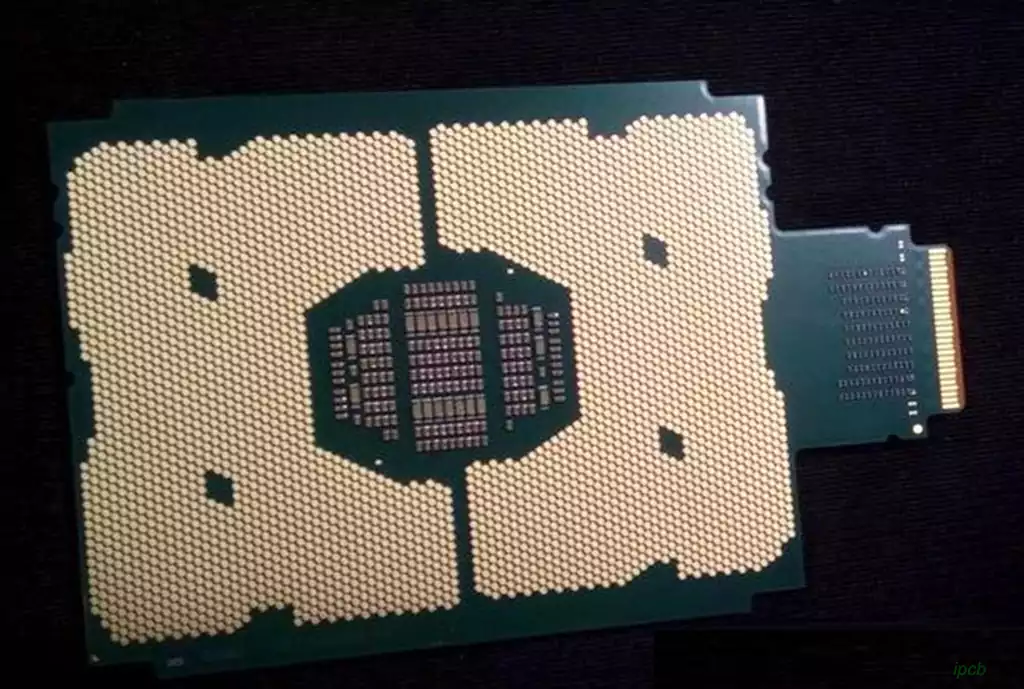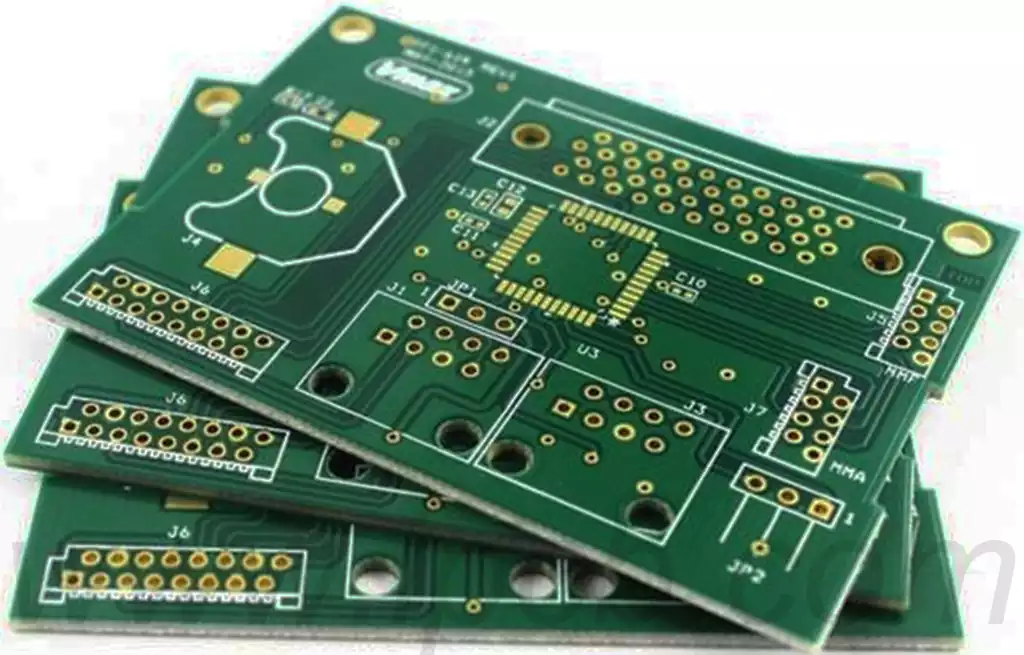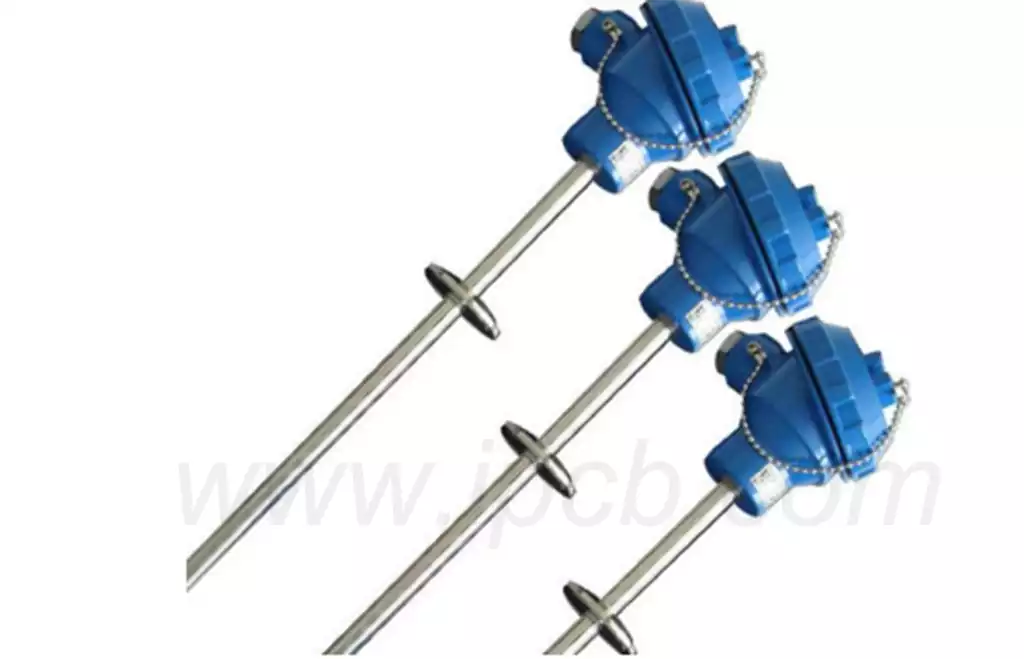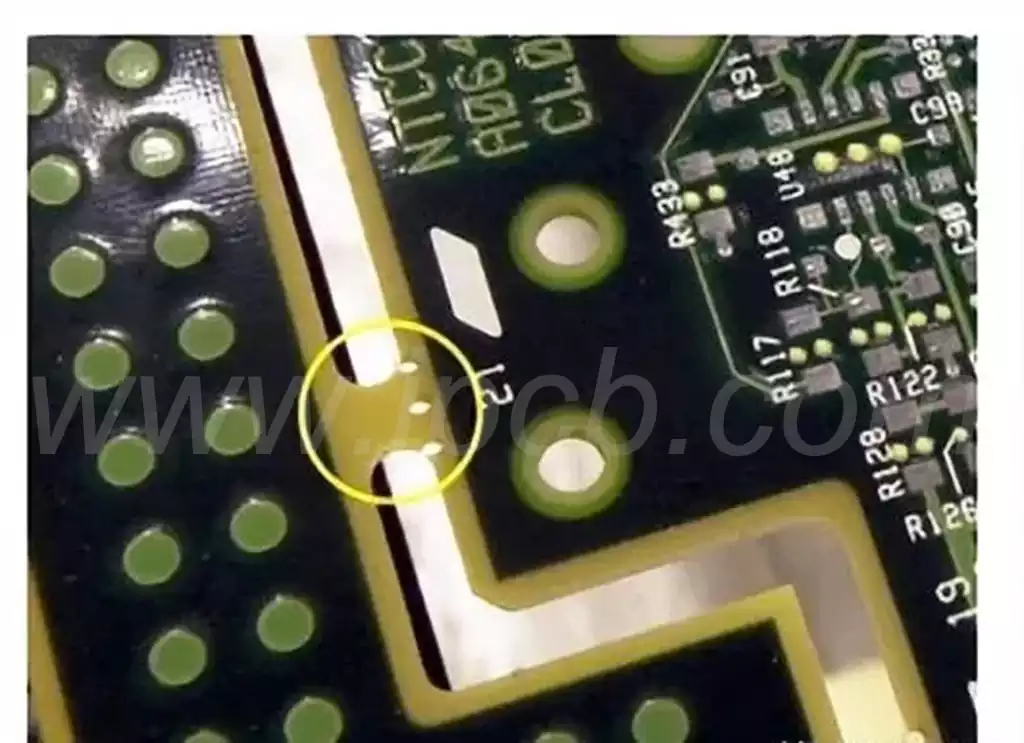CPU packaging technology refers to the packaging and encapsulation of integrated circuit chips to protect the chip from the external environment, and to facilitate the installation and maintenance of the CPU chip as one of the core components of the computer, packaging technology is of great significance to improve the reliability of the CPU, reduce costs, and improve production efficiency.
The physical structure of CPU is composed of wafer and PCB board plus other capacitors and other units. As for why the wafer is round, mainly because of the process and the late convenience of cutting and utilization considerations. Then cut down a small square is the CPU on a wafer. the physical composition of the CPU. Then a CPU wafer cut down, connected to the PCB, and then with or without the protective cover, which is a complete CPU. However, a separate CPU and can not work, he needs to be connected to the motherboard, then this way of connecting with the motherboard is called packaging.
The purpose of CPU packaging is to enable the CPU core and external circuitry to establish a connection, while serving as an isolated interface to prevent the CPU core part of the external pollution or damage. For different CPUs, the form of packaging is different, for example, the packaging of notebook CPUs requires smaller and thinner packages to facilitate heat dissipation. For server CPUs, the package is required to be safe and reliable. The material of the package is shifting from ceramic substrate to organic material substrate, and the package form has gone through the double in-line insertion (DIP) to the current FC-PGA.
CPU packaging is necessary and critical for the IC chip. Because the chip must be isolated from the outside world to prevent airborne impurities on the chip circuitry corrosion caused by electrical performance degradation. On the other hand, the encapsulated chip is also easier to install and transport. As the good or bad packaging technology also directly affects the performance of the chip itself and connected to the PCB (printed circuit board) design and manufacturing, so it is critical. Packaging can also be said to mean the installation of semiconductor integrated circuits chip with the shell, which not only plays a role in placing, fixing, sealing, protecting the chip and enhance the role of thermal conductivity, but also communicate with the chip’s internal world and the external circuit of the bridge – the chip on the contacts with wires connected to the package shell of the pins, the pins through the printed circuit board wires with other circuit boards. wires on the circuit board to establish connections with other devices. Therefore, for many integrated circuit products, packaging technology is a very critical part.

Packaging requires consideration of a number of elements, such as power supply, heat dissipation, signal transmission, etc. Among them, heat dissipation is a key issue in package design. Among them, the heat dissipation problem is the most critical one in the package design, because the CPU will constantly generate a lot of heat in the work, the heat must be dissipated through the heat dissipation system in a timely manner, to ensure the stability of the circuit at the same time, to avoid damage to the CPU is overheated.
CPU package types are usually divided into the following categories:
(1) PGA (Pin Grid Array) package: PGA package is one of the earliest types of CPU packaging, which is characterized by the CPU chip has a number of small pins, these pins through the package can be directly inserted into the slot of the computer motherboard.
(2) LGA (Land Grid Array) package: LGA package is an upgraded version of the PGA package, which is characterized by the CPU chip does not have pins, but a number of small metal solder ball, these solder balls can be directly connected to the computer motherboard slot.
(3) BGA (Ball Grid Array) package: BGA package is a new packaging technology, which is characterized by the CPU chip has a number of small metal solder balls, these solder balls can be directly connected to the motherboard pads without the need for slots.
CPU packaging technology, as a bridge between the chip and the outside world, plays a pivotal role in the field of electronic technology. It not only provides the necessary protection for the CPU chip, but also enhances the performance and stability of the chip through continuous technological innovation. With the advancement of technology, we expect packaging technology to continue to break through, contributing more power to the performance improvement and stability guarantee of CPU chips.



